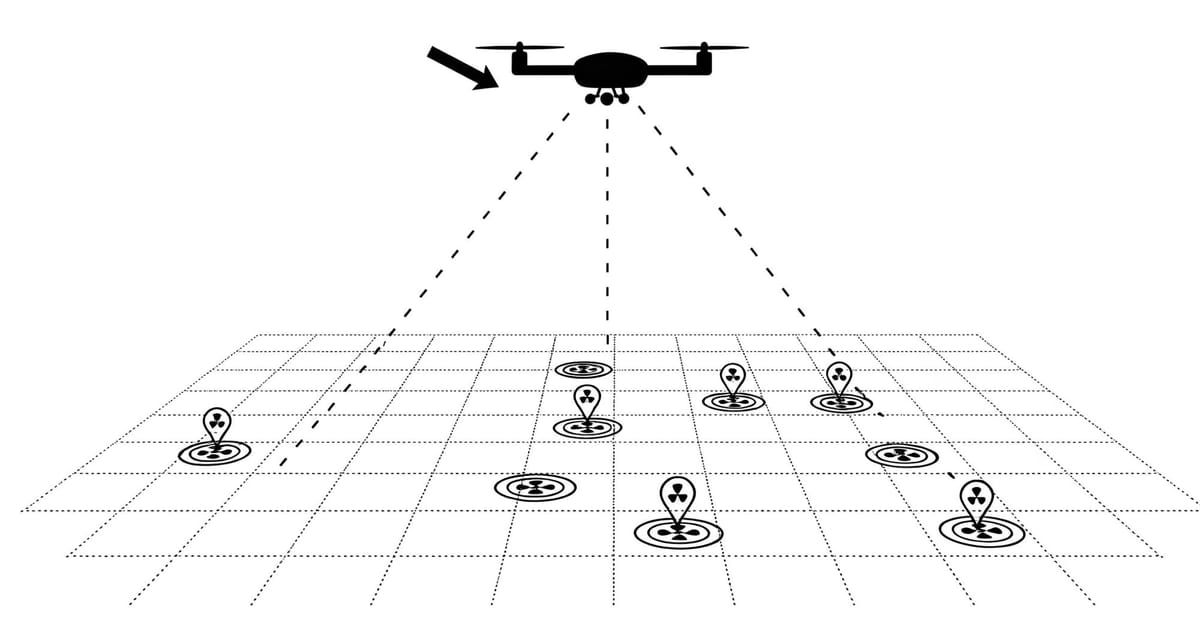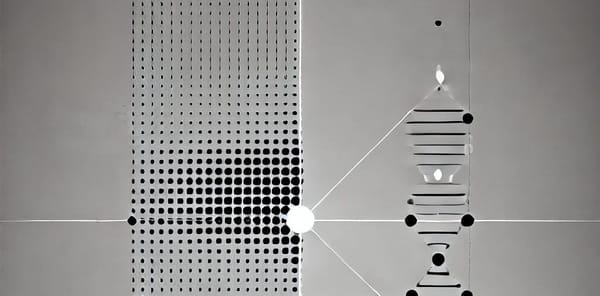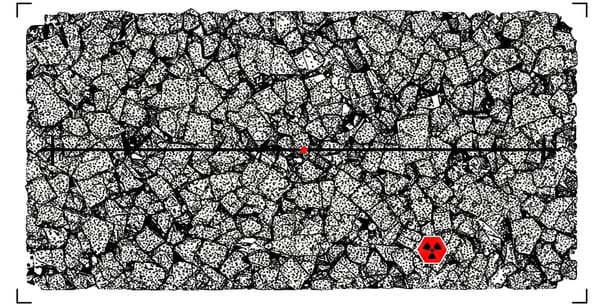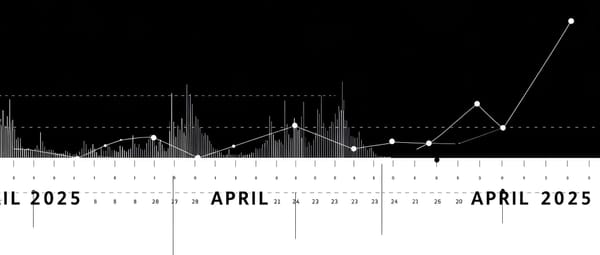Choosing the Right Drone-Mounted Radiation Detector for Your Needs
Choosing the right drone-mounted radiation detector is vital for emergency response, environmental monitoring, and spectrometry. This analysis reviews NaI, CeBr₃, and CZT detectors, comparing their benefits, limitations, and best uses for radiological safety professionals.

Radiation detection has become increasingly important for safety and environmental monitoring. With the rise of unmanned aerial systems (UAS), radiation detectors mounted on drones are transforming the way we detect and localize radioactive sources. But which detector is best suited for specific applications? Based on the study "Comparison of airborne radiation detectors carried by rotary-wing unmanned aerial systems," this guide will help break down the best options for different use cases.
Use Case 1: Rapid Response in Nuclear or Radiological Emergencies
Scenario: Rapid data collection is critical for decision-making when a nuclear or radiological incident occurs. First responders need accurate dose rate measurements to assess the level of contamination and implement safety measures such as exclusion zones.
Recommendation: NaI Detector
- Advantages:
- High count rates enable fast and effective radiation detection.
- A large detection volume provides reliable data over a short timeframe.
- Proven ability to localize radioactive sources.
- Considerations:
- Requires advanced spectrum analysis to differentiate between natural and artificial radionuclides.
Use Case 2: Environmental Monitoring and Mapping
Scenario: Surveying large areas for contamination, such as abandoned industrial sites, former uranium mines, or post-nuclear accident zones, requires a detector that can detect low radiation levels and provide accurate spatial data.
Recommendation: CeBr₃ Detector
- Advantages:
- Balances sensitivity and accuracy, making it practical for detecting man-made radionuclides.
- Reliable for source localization, essential for detailed contamination mapping.
- Performs well at lower altitudes where precise readings are crucial.
- Considerations:
- Requires complex spectrum analysis to differentiate radionuclides.
Use Case 3: High-Resolution Spectrometry
Scenario: Some applications require precise isotope identification, such as nuclear safeguards inspections or facility monitoring, where distinguishing between specific radionuclides is necessary.
Recommendation: CZT Detector
- Advantages:
- Superior energy resolution compared to NaI and CeBr₃ scintillators.
- Capable of identifying specific isotopes, crucial for regulatory and security purposes.
- Considerations:
- Lower sensitivity at high altitudes, making it less effective for widespread detection.
- Best utilized in stationary or slow-moving deployments to maximize data quality.
Use Case 4: Lightweight and Portable Deployments
Scenario: Certain operations require compact and lightweight equipment, such as drone-based monitoring in confined spaces or rapid emergency deployment with minimal setup time.
Recommendation: CZT Detector
- Advantages:
- Small and lightweight (about 500 g, including batteries and housing).
- Easily mounted on smaller drones for versatile applications.
- Considerations:
- Lower sensitivity at higher altitudes, making it more effective for close-proximity detection.
Key Performance Metrics of the Study
The study evaluated each detector based on five critical parameters:
- Detection of Artificial Radionuclides: Measuring count rates in the low-energy spectrum to determine the presence of ¹³⁷Cs.
- Man-Made Count Rate: A method to enhance artificial source detection by minimizing interference from natural radionuclides.
- Ambient Dose Equivalent Rates (H(10)):* Helps assess potential radiation exposure.
- Source Activity Determination: Measures the radioactive strength of detected sources.
- Source Localization: Ability to pinpoint the exact location of a radioactive source.
Findings from the Study
- NaI Detector:
- Strengths: High sensitivity, successful source localization, and reliable activity determination.
- Limitations: Requires spectrum analysis to distinguish radionuclide sources.
- CeBr₃ Detector:
- Strengths: Effective detection, accurate source localization, and reliable radiation activity measurement.
- Limitations: Needs advanced spectrum analysis.
- CZT Detector:
- Strengths: High-resolution spectrometry and effective source positioning at low altitudes.
- Limitations: Lower sensitivity at higher altitudes and higher uncertainties in activity determination.
Price Considerations
While prices vary based on specifications and suppliers, general estimates include:
- NaI Detectors: Typically more affordable, with a broad range of sizes and configurations available upon request.
- CeBr₃ Detectors: More expensive than NaI due to better resolution and lower background noise.
- CZT Detectors: The most costly option, with high energy resolution and room-temperature operation; a 10x10x5 mm CZT detector can cost around $8,000.
Additional Considerations
- Flight Parameters: Higher altitudes and faster speeds can reduce accuracy in source localization.
- Environmental Factors: Temperature fluctuations and airborne radon progeny can impact detection performance.
- Data Processing: Standardized data transmission, visualization, and analysis improve overall efficiency.
Conclusion
Each detector type offers unique benefits, making selection dependent on the specific application. NaI detectors excel in emergency response, CeBr₃ is ideal for environmental mapping, and CZT is preferred for high-resolution analysis and lightweight deployment.
By understanding the strengths and limitations of each system, organizations can make informed decisions to enhance radiological safety and emergency preparedness.



